More Than 70 Bird Names Are Changing — Here’s Why
Updated: May 17, 2024
Learn more about the committee in charge of naming and organizing birds and find out why dozens of species will soon be called something new.
Dozens of Bird Species Names Are Changing
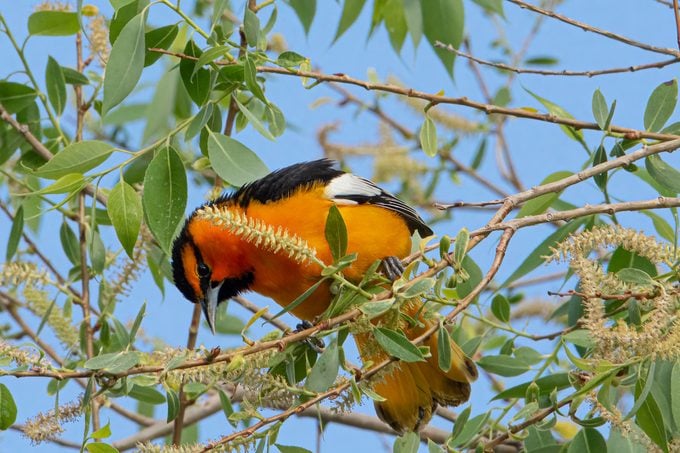
In late 2023, the American Ornithological Society (AOS) announced its decision to rename all English-language bird species in North America and Canada whose names originally referred to a person. As the organization pointed out in its memo, there is precedent for this change. In 2020, it renamed McCown’s longspur to the thick-billed longspur, a modification resulting from naturalist John P. McCown’s position as a general in the Confederate army during the Civil War.
Birding experts Kenn and Kimberly Kaufman further break down the current process, how it’ll change in the future, and what they think about the soon-to-change common names.
“The American Ornithological Society, formerly called American Ornithologists’ Union, has been establishing the names of all North American birds since 1886—giving us ‘official’ names like northern mockingbird and black-throated blue warbler,” they explain. “In the past, ornithologists often named new bird species after each other, or after their friends or patrons. That’s why we have birds with names like Bullock’s oriole, Wilson’s warbler, or Cassin’s sparrow. It’s still worthwhile to read about history and about these individuals, but the AOS has decided it would be better to apply names that convey something about the birds themselves.”
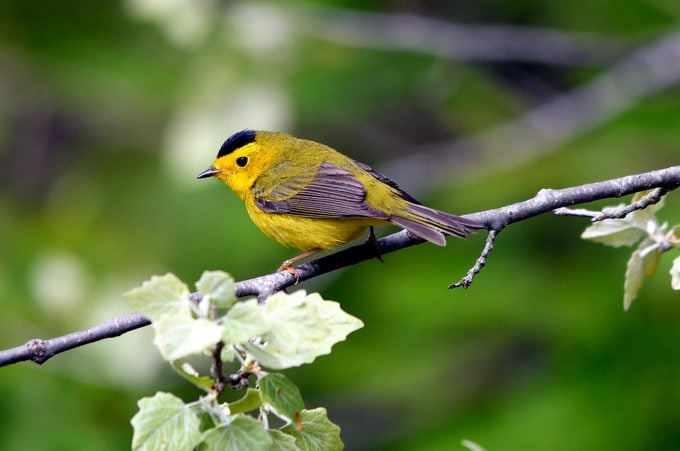
Kenn and Kimberly elaborate to say they agree with the AOS in that this could give species names a chance to better reflect the birds, rather than the people. “We think this is an exciting opportunity,” they say. “A name like Cassin’s sparrow tells us nothing about the bird, but a different name might refer to this bird’s musical, trilling song that it sings while it flutters above Southwestern grasslands. Maybe “trilling sparrow” or “skylarking sparrow?”
The AOS will be asking for public involvement as it goes through the process of choosing new names, so watch for opportunities to comment in the coming months.
Other Reasons Why Birds’ Names Change
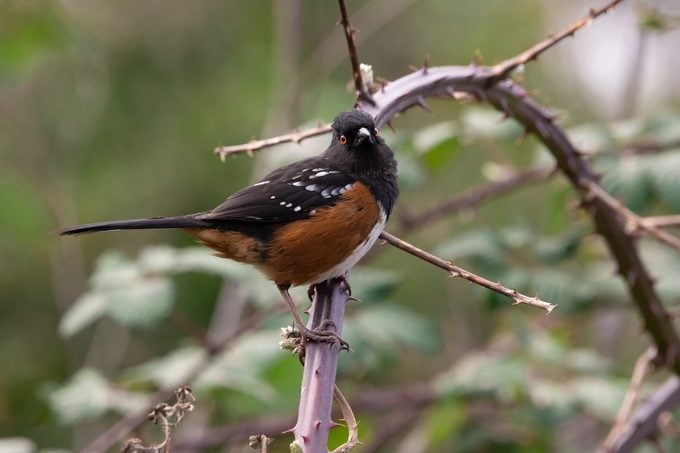
Think about the last time you saw a rufous-sided towhee. Technically, nobody has seen one of these birds for 25 years. That’s because in 1995, the species was reclassified. Rufous-sided towhees were split into two species. Now birders can see the spotted towhee in the West and the eastern towhee east of the Great Plains.
These changes aren’t simply taxonomic trickery. Instead, when making these decisions, the committee weighs evidence including plumage variations, differences in songs, DNA, and the amount of hybridization between closely related species.
Many birders celebrate the splits because they can add species to their life lists. But the committee is more concerned with getting the science correct. According to Kenn, “The committee doesn’t make changes without a specific reason.”
Many widely accepted names remain, like American robin, even though the species is not at all related to the robins of Europe. The name is completely based on the superficial resemblance of the two species.
“These decisions are based on extreme knowledge, with the committee responding to detailed proposals from various taxonomic experts,” Kenn says.
The committee doesn’t only split species apart, as with the towhees. Sometimes they lump them together. In 2017, Thayer’s gull was determined to be the same species as the Iceland gull. This was a reversal of the 1973 decision to separate the birds into two distinct species. One proposal not yet passed but gaining more scientific momentum is to recognize hoary redpolls and common redpolls as potential variations of the same species.
How the Committee Formed
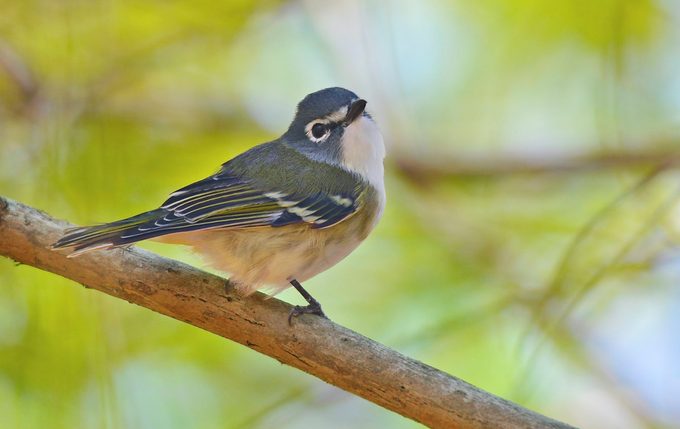
Interestingly, the American Ornithologists’ Union experienced a taxonomic lumping of its own in 2016. It merged with the Cooper Ornithological Society to form the current keeper of the checklist, the American Ornithological Society.
The seventh edition was published in 1998 and is the most recent. Annual supplements address interim changes. They are released each summer in the nature journal The Auk. Much of the committee’s work relates to the scientific names of the birds and ensuring that birds are classified accordingly. It strives to maintain consistent naming across the region, from the North Pole to Panama and a few islands in between. Regular updates also reflect changes in distribution as species move into, or leave, their highlighted regions.
Next time you’re thumbing through your field guide, ponder how the birds got their names. Consider whether any of the birds you’re seeing will go the way of the sparrowhawk (now American kestrel), derby flycatcher (now great kiskadee), solitary vireo (now blue-headed, Cassin’s and plumbeous vireos) or blue-throated hummingbird (now blue-throated mountain-gem).
Learn about extinct bird species that shouldn’t be forgotten.
Bonus: Best Bird Nicknames
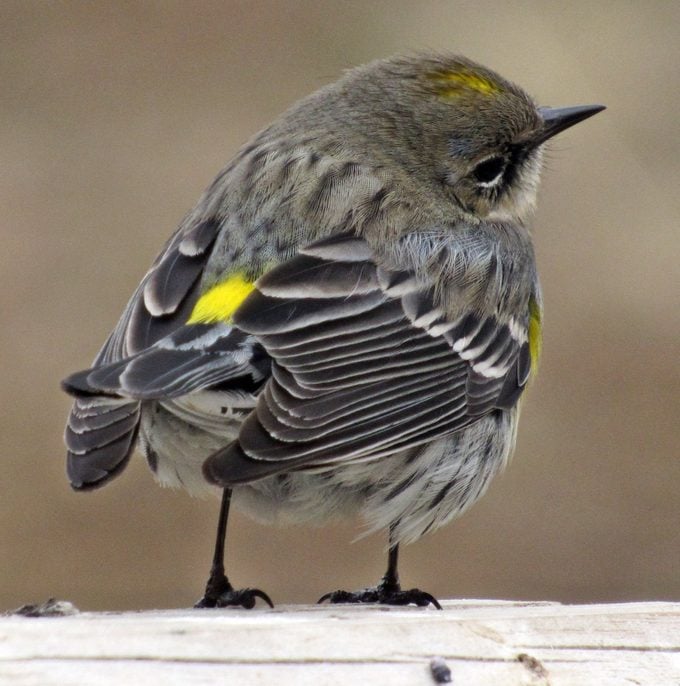
The American Ornithological Society maintains the official list of birds. However, birds often have nicknames that are quite widely accepted. Here are a few of our favorites.
- Butterbutt: yellow-rumped warbler
- Timberdoodle: American woodcock
- Yellowhammer: northern flicker (yellow-shafted)
- Bluebill: scaup
- Sawbill: merganser
- Peep: sandpiper




















